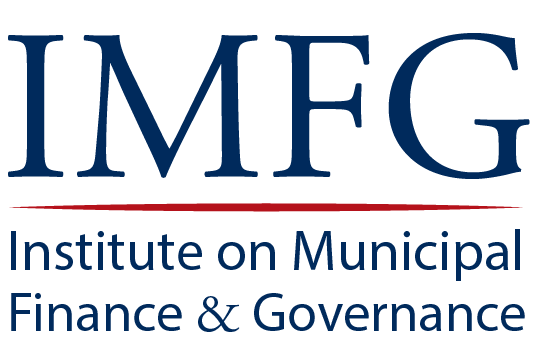Borrowing Today for the City of Tomorrow? Debt & Alternative Financing
In early 2013, the Institute on Municipal Finance and Governance (IMFG) hosted a two-part forum called “Borrowing Today for the City of Tomorrow.” The series, co-sponsored with KPMG, brought together academics, government officials, and market participants to discuss the role of borrowing and alternative financing mechanisms in addressing Canada’s municipal infrastructure needs.
A. Can and should municipalities borrow more?
Borrowing is part of the solution to Canada’s municipal infrastructure gap. The municipal infrastructure gap is too large to plug with current revenues alone and political resistance to increasing taxes, fees, and transfers is high. Moreover, by borrowing, municipalities can distribute the costs of assets over the life of those assets.
Now is the time to borrow, but prudence remains a virtue. The struggles of several American cities and European countries demonstrate that municipal borrowing still poses risks. Borrowing should be balanced with efforts to enhance core revenues and limit long-term dependence on capital markets
B. Alternative financing through public-private partnerships (P3s)
Canada’s approach to P3s provides distinct advantages. Canadian P3s transfer limited risk to the private sector. Canadian governments reserve the right to deduct payments for poor performance, but do not place a heavy onus on the private sector to generate project revenues. This approach shifts a greater proportion of project costs onto taxpayers, but reduces the risk of project failures. But concerns remain about the transparency of the pricing of project risk premiums.
